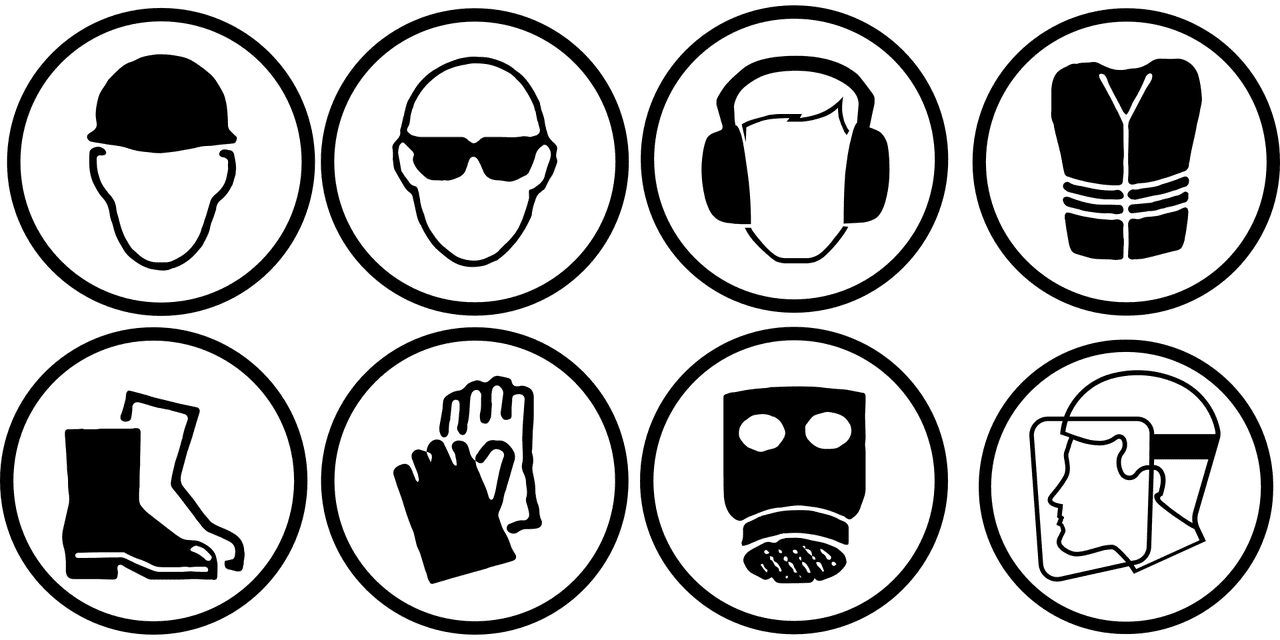Personal protective equipment (PPE) is a crucial tool in protecting individuals from various hazards such as physical, chemical and biological risks. No matter what your profession is, be it healthcare, construction or any other industry, PPE is essential for minimizing exposure to harmful substances and preventing injuries and infections. This comprehensive guide aims to explore the different components of PPE, their importance, and how they help protect individuals and the general public.
1. Introduction to Personal Protective Equipment (PPE)
Personal protective equipment (PPE) refers to specialized clothing, equipment, and accessories designed to protect individuals from various hazards in the workplace and other environments. PPE acts as a barrier against physical, chemical, and biological risks, reducing the chances of exposure and minimizing the spread of infections. It includes items such as gloves, gowns, masks, respirators, eye protection, and more.
2. The Significance of PPE in Occupational Safety and Health
In occupational safety and health, PPE plays a crucial role in protecting workers from potential hazards that cannot be eliminated through engineering or administrative controls alone. It acts as the last line of defence, ensuring the safety and well-being of individuals in hazardous work environments. PPE not only prevents injuries but also reduces the risk of occupational illnesses and the transmission of infectious diseases.
3. Understanding the Components of PPE
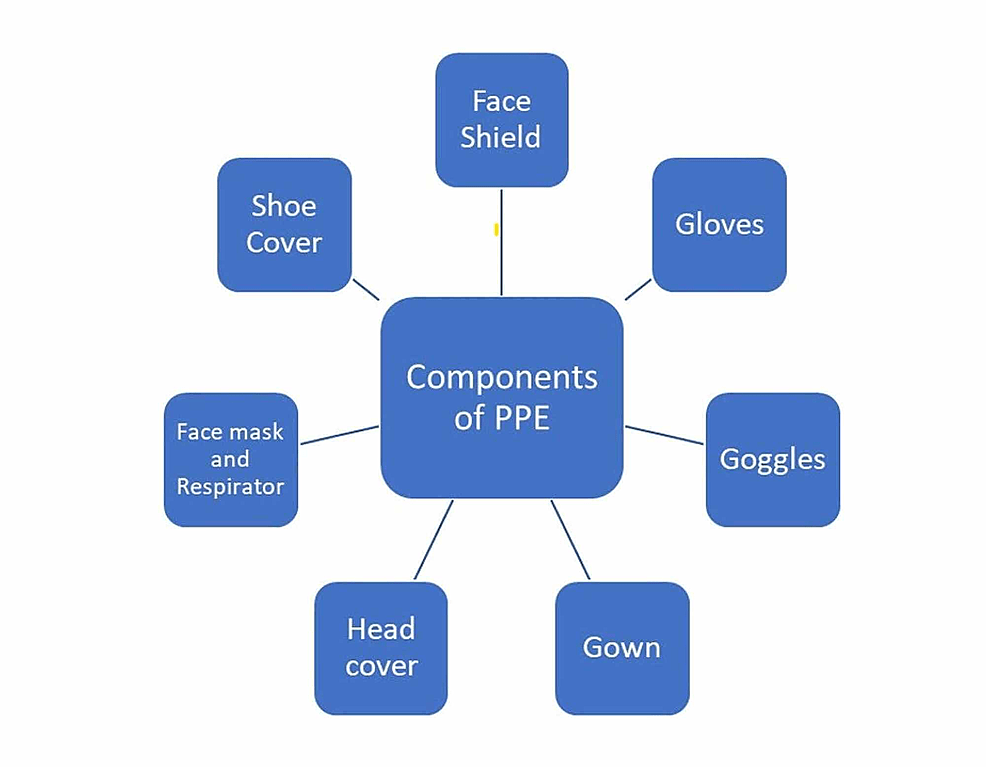
Gloves: Shielding Hands from Contamination
Gloves are an essential component of PPE, protecting the hands from direct contact with potentially infectious materials or contaminated surfaces. They act as a barrier, preventing the transfer of germs and reducing the risk of cross-contamination. Different types of gloves are available, including latex, nitrile, and vinyl gloves, each with its own advantages and recommended uses.
Gowns: Protecting Clothing from Infectious Materials
Gowns are worn to protect the body and clothing from contamination with potentially infectious materials. They provide a barrier against splashes, sprays, and other forms of contact with bodily fluids. Gowns are commonly used in healthcare settings, especially during procedures that involve exposure to blood or other hazardous substances.
Shoe and Head Covers: Creating Barriers in Contaminated Environments
Shoe and head covers are additional components of PPE that help create a barrier against potential exposure within contaminated environments. They prevent the transfer of contaminants from shoes and hair onto clean surfaces, reducing the risk of cross-contamination. These covers are commonly used in healthcare settings, laboratories, and other areas where cleanliness is crucial.
Masks and Respirators: Filtering Airborne Particles
Masks and respirators are crucial in preventing the inhalation of airborne particles, including infectious agents and harmful chemicals. Surgical masks, made of various materials such as fabric or polypropylene, provide a physical barrier that helps stop the spread of germs from the wearer’s mouth and nose. Respirators, such as N95 masks, offer a higher level of filtration and form a tight seal around the face to protect against smaller particles.
Eye Protection: Safeguarding the Eyes from Splatters
Eye protection, including goggles and face shields, plays a vital role in safeguarding the eyes from splashes, sprays, and other potential sources of contamination. Goggles provide a close-fitting seal around the eyes, while face shields offer additional protection to the entire facial area. These components of PPE are essential in healthcare settings, laboratory work, and other environments where the eyes are at risk of exposure.
4. The Role of Clothing in Personal Protection
In addition to the specific components mentioned above, protective clothing is a crucial part of PPE. It includes gowns, aprons, head coverings, and shoe covers, among other items. These clothing items provide an additional layer of protection, shielding the body from potential hazards such as chemicals, bodily fluids, and environmental contaminants. In surgical settings, protective clothing is essential for both the healthcare provider and the patient.
5. PPE for Specific Environments and Situations
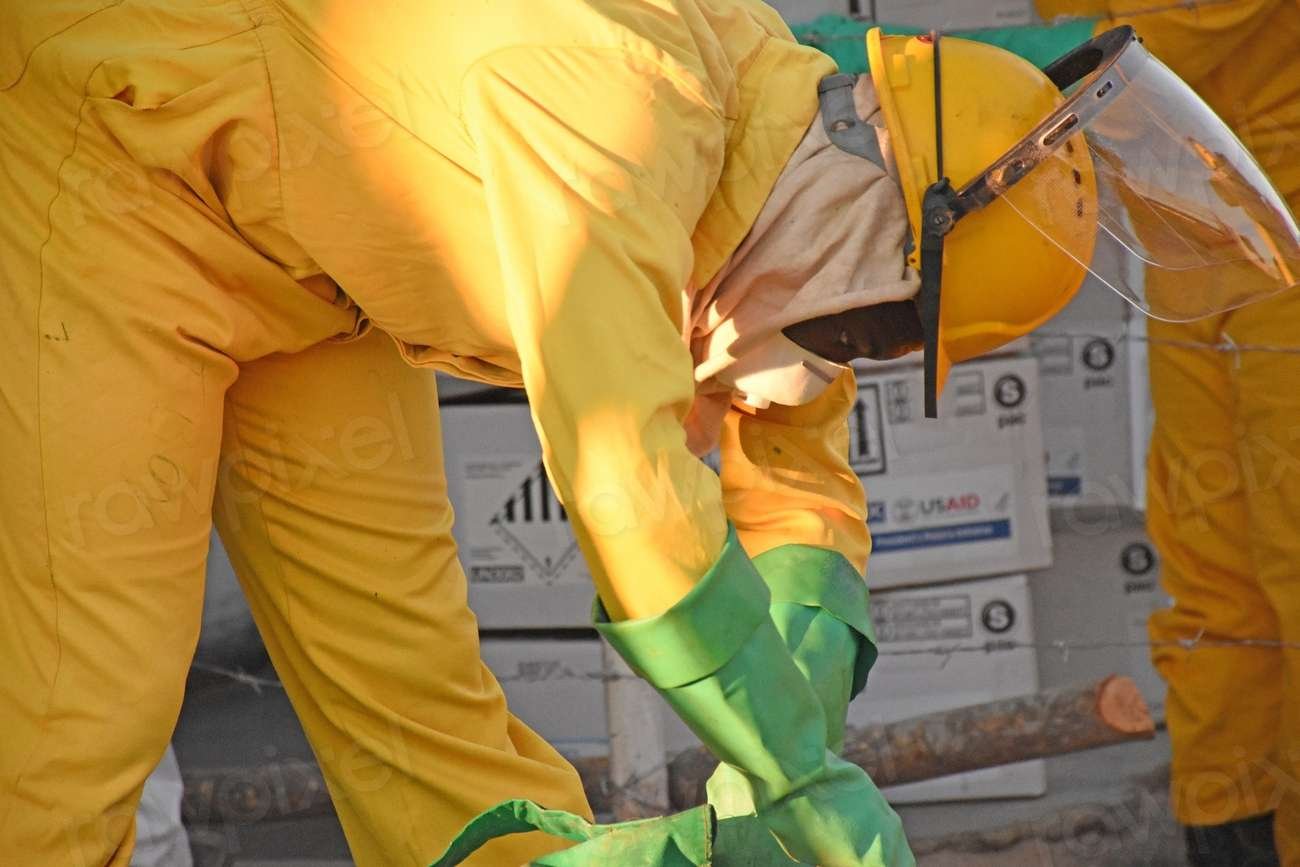
PPE in Healthcare Settings
In healthcare settings, PPE is of utmost importance to protect healthcare workers, patients, and visitors from potential infections. It is essential for personnel involved in direct patient care, especially when dealing with blood or other bodily fluids. Healthcare workers should wear gloves, gowns, masks, and eye protection based on the specific procedures and potential risks involved.
PPE for Airborne Diseases like COVID-19
The recent COVID-19 pandemic has highlighted the critical role of PPE in preventing the spread of airborne diseases. Healthcare workers and individuals in close contact with infected individuals should wear appropriate masks or respirators, along with eye protection, to reduce the risk of transmission. Proper usage and disposal of PPE are essential to ensure maximum effectiveness.
PPE in Surgical Procedures
In surgical settings, PPE is vital for the protection of both the healthcare provider and the patient. Surgeons, nurses, and other personnel involved in surgical procedures should wear sterile gowns, gloves, masks, and eye protection to minimize the risk of surgical site infections and cross-contamination. Proper hand hygiene and adherence to sterile techniques are equally important.
PPE for Visitors in Isolation Areas
Visitors in isolation areas, where patients with contagious diseases are kept, should also wear appropriate PPE to prevent the spread of infections. This may include gowns, gloves, masks, and eye protection, depending on the nature of the disease and the level of risk involved. Strict adherence to infection control protocols is crucial to protect both visitors and patients.
Cytotoxic PPE for Handling Hazardous Drugs
In certain settings, such as pharmacies or healthcare facilities handling hazardous drugs, specialized PPE known as cytotoxic PPE may be required. This equipment is designed to protect individuals from exposure to cytotoxic agents, which can be harmful to health. It typically includes gowns with long sleeves, elastic cuffs, shoe covers, goggles, and special gloves to ensure maximum protection.
6. Selecting the Appropriate PPE for Different Situations

Understanding Workplace Instructions and Guidelines
In any work environment, it is essential to follow the instructions and guidelines provided by the employer regarding the use of PPE. These instructions may include specific requirements for different tasks, potential hazards, and the appropriate types of PPE to be used. Regular training and education on PPE usage are crucial for all employees to ensure they understand the importance of proper protection.
Tailoring PPE for Specific Users and Scenarios
PPE needs may vary depending on the individual user and the specific scenario. Factors such as the type of hazard, duration of exposure, and the user’s comfort and fit should be considered when selecting PPE. It is important to choose PPE that provides adequate protection while allowing for ease of movement and proper functionality in the given task or environment.
7. Proper Usage and Disposal of PPE
Importance of Correct PPE Usage
Proper usage of PPE is crucial to ensure its effectiveness in protecting individuals. This includes wearing PPE according to the manufacturer’s instructions, ensuring a proper fit, and following recommended procedures for donning and doffing. It is essential to avoid touching the face, adjusting the PPE unnecessarily, or compromising its integrity during use.
Safe Removal and Disposal Procedures
After use, PPE should be removed carefully to avoid contamination. This may involve following specific procedures for removing gloves, gowns, masks, and other components. Disposal of used PPE should be done according to established protocols, which may include placing the items in designated containers or bags for proper disposal or recycling. Safe disposal helps prevent the spread of germs and protects others from potential exposure.
8. The Role of PPE in Preventing the Spread of Germs
Creating a Barrier Against Contamination
The primary purpose of PPE is to create a barrier between individuals and potential sources of contamination, including germs. By wearing gloves, masks, gowns, and other protective equipment, individuals can minimize the risk of direct contact with infectious materials and reduce the chances of spreading germs to others.
Protecting Healthcare Workers and Patients
In healthcare settings, PPE is crucial for protecting both healthcare workers and patients from infections. Healthcare providers who come into direct contact with bodily fluids or work in close proximity to infected individuals must use appropriate PPE to prevent the transmission of diseases. This not only safeguards the health of healthcare workers but also helps maintain the safety and well-being of patients.
9. The Evolution of PPE: From Historical Practices to Modern Innovations
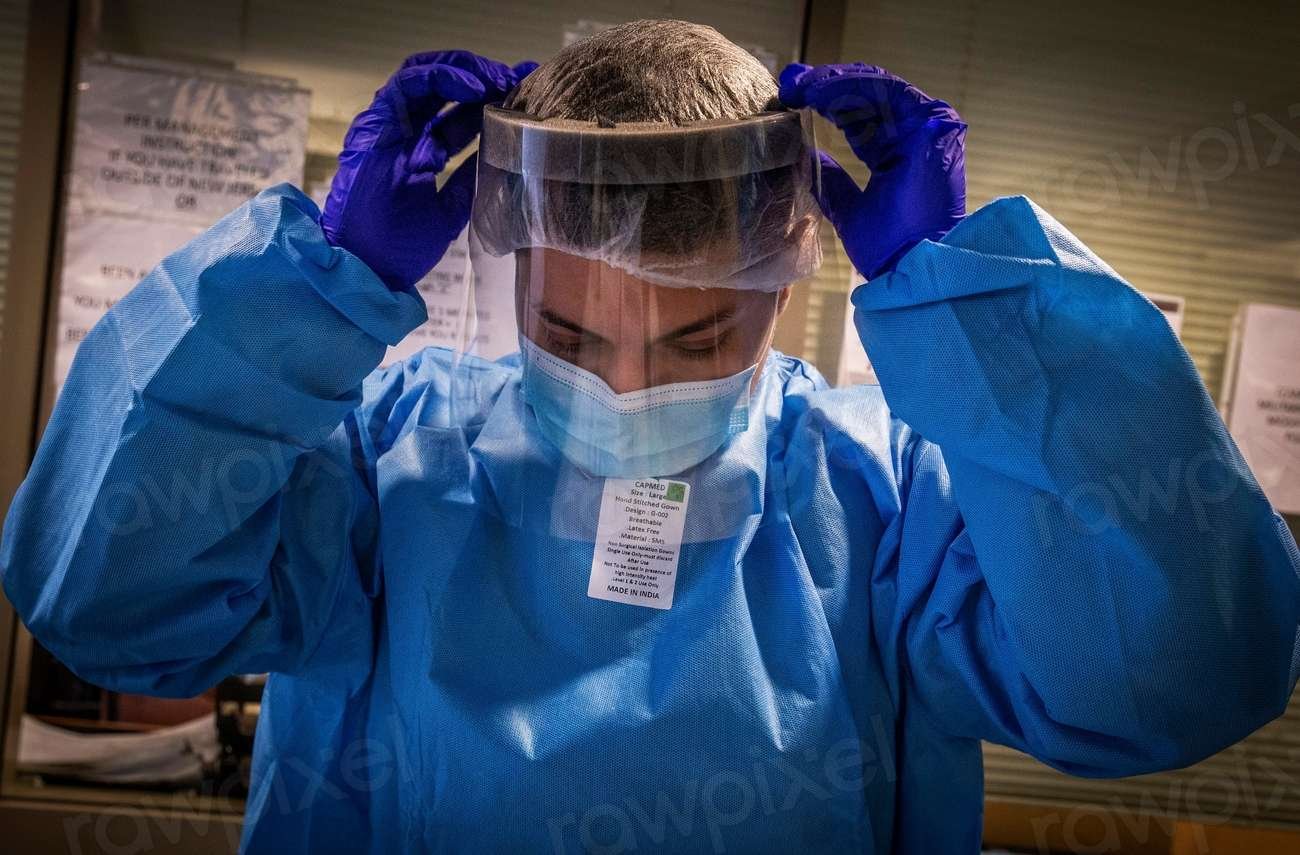
Early Forms of PPE for Physical Protection
Throughout history, individuals have used various forms of PPE to protect themselves from physical hazards. For example, ancient civilizations used shields, armor, and protective clothing during battles to minimize injuries. These early practices laid the foundation for the development of modern-day PPE.
Pioneering Efforts in Preventing the Spread of Disease
In the 16th century, during the plague outbreaks in Europe, physicians known as plague doctors wore specialized protective uniforms to prevent the spread of disease. These outfits included full-length gowns, helmets, and masks with beak-like structures filled with aromatic substances. Although the understanding of disease transmission was limited at the time, these measures demonstrated early attempts to protect against contagion.
Advancements in Respiratory Protection
In the early 20th century, Wu Lien-teh, a Chinese physician, promoted the use of cloth facemasks to prevent the spread of the Manchurian pneumonic plague. This marked an important step in respiratory protection, although some Western medics initially doubted its efficacy. Subsequent advancements led to the development of surgical masks and respirators, including the N95 respirator, which provides a higher level of filtration.
Enhancing Eye and Face Protection
Protecting the eyes and face from splatters and airborne droplets became a crucial aspect of PPE with the introduction of goggles and face shields. These components provide additional protection to the mucous membranes in the eyes, nose, and mouth, reducing the risk of infection transmission. Modern innovations have further improved the design and functionality of eye and face protection equipment.
The Integration of PPE in Surgical Settings
In surgical settings, PPE plays a vital role in preventing surgical site infections and protecting both healthcare providers and patients. Sterile gowns, gloves, masks, and eye protection are essential to maintain a sterile environment and minimize the risk of cross-contamination. Advances in surgical PPE have focused on improving comfort, breathability, and overall effectiveness.
10. Regulatory Standards and Guidelines for PPE
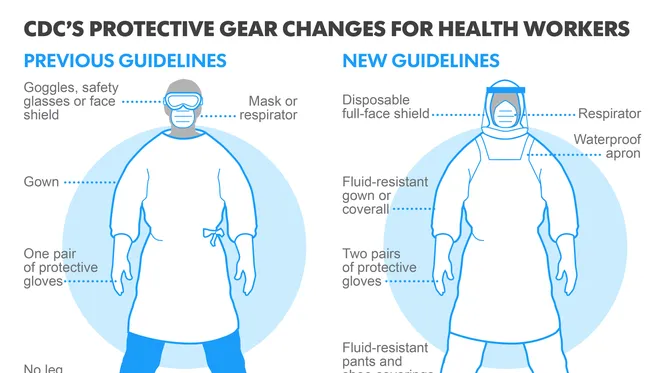
The Role of National and International Organizations
Various national and international organizations, such as the Centers for Disease Control and Prevention (CDC) and the World Health Organization (WHO), play a crucial role in establishing regulatory standards and guidelines for PPE. These organizations provide recommendations on the selection, usage, and disposal of PPE based on scientific evidence and best practices.
Compliance with Standards and Regulations
Employers and individuals must comply with applicable standards and regulations regarding PPE usage. This includes ensuring that PPE meets specific performance requirements, such as filtration efficiency, barrier properties, and ergonomic design. Regular inspections, certifications, and adherence to established protocols are essential to maintain compliance and ensure the effectiveness of PPE.
11. Training and Education on PPE Usage
Importance of Proper Training for PPE
Proper training and education on PPE usage are vital for individuals who are required to use protective equipment in their work or daily lives. Training should cover topics such as the selection and fitting of PPE, proper usage techniques, maintenance and storage, and understanding the limitations and potential risks associated with different types of PPE. Ongoing education ensures that individuals stay updated with the latest guidelines and best practices.
Resources for Learning about Protective Equipment
Numerous resources are available for individuals seeking information on PPE. National and international organizations, such as the CDC and WHO, provide comprehensive guidelines, fact sheets, and training materials on PPE usage. Additionally, employers often provide specific training programs and resources tailored to their respective industries and work environments. Access to reliable sources and continuous learning is essential to promote effective PPE usage.
12. Conclusion: The Indispensable Role of PPE in Ensuring Safety and Health
In conclusion, personal protective equipment (PPE) is an indispensable aspect of occupational safety and health. It serves as a critical defence against various hazards, including physical, chemical, and biological risks. By wearing gloves, gowns, masks, respirators, eye protection, and other components of PPE, individuals can reduce the chances of exposure to harmful substances and prevent the spread of infections. Compliance with regulatory standards, proper training, and adherence to established protocols are crucial for maximizing the effectiveness of PPE. As our understanding of hazards and protective measures continues to evolve, ongoing research and innovation in PPE will further enhance its ability to ensure the safety and well-being of individuals in various environments.

